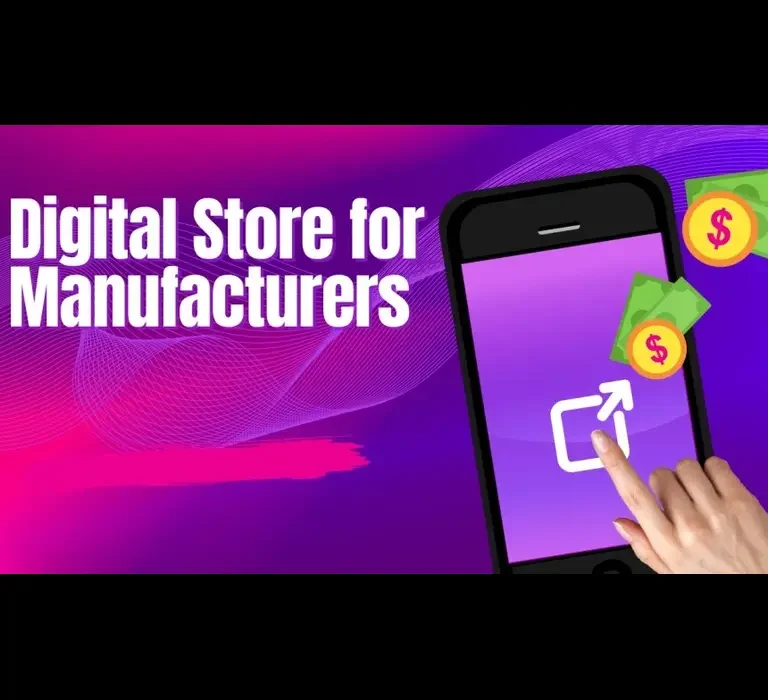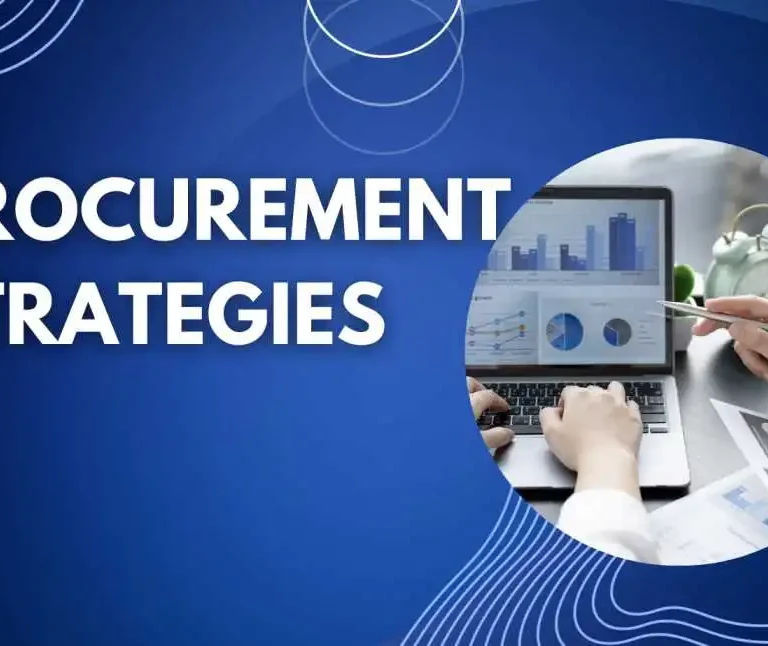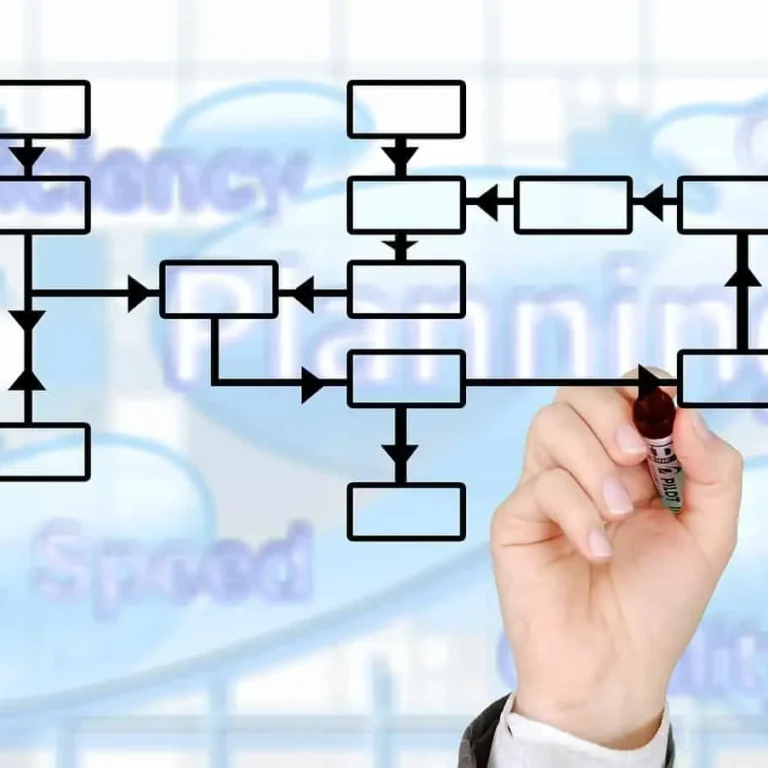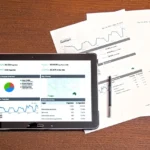Backward integration
Backward integration is a strategic business concept that refers to a company’s decision to control and expand its operations by acquiring or integrating with its suppliers. In essence, it involves a company moving “backward” in the production process to gain more control over the inputs and resources essential to its products or services. By doing so, businesses aim to streamline their supply chain, reduce dependency on external vendors, and enhance overall efficiency.

This strategic move allows companies to secure a stable supply of raw materials, components, or services, thereby mitigating potential disruptions in the supply chain. Backward integration empowers organizations to maintain a tighter grip on quality standards, production costs, and timelines, fostering a more sustainable and competitive position in the market. Through this form of integration, companies can harness greater control over their value chain, improve their product offerings, and create a lasting impact on their industry.
What is backward integration
Backward integration is a strategic business approach where a company takes control of its suppliers or sources of raw materials. Instead of relying on external vendors, the company integrates backward into the supply chain. This allows them to streamline operations, ensure a stable supply of resources, and enhance overall efficiency. By owning or merging with suppliers, businesses gain more control over production costs, quality, and timelines.
Backward integration empowers companies to build a stronger, more resilient value chain, leading to improved product offerings and a competitive advantage in the market. It’s a forward-thinking tactic that bolsters a company’s position and long-term success.
Types of backward integration
Backward integration can take various forms, depending on the industry and the specific needs of a company. Some common types of backward integration include:
Vertical Acquisition:
This involves the direct acquisition of suppliers or companies involved in the production of essential inputs or raw materials. By owning these entities, a company gains control over its supply chain.
Joint Ventures:
Companies may opt for joint ventures with suppliers to collaboratively produce key components or materials. This strategy allows sharing of expertise and resources while maintaining a degree of independence.
Captive Suppliers:
Establishing captive suppliers means creating subsidiary companies that exclusively supply the parent company with necessary inputs, thereby ensuring a secure and dedicated source of resources.
Licensing and Technology Transfer:
Companies may license or transfer proprietary technology to suppliers, enabling them to produce specific components required for the final product.
Contract Manufacturing:
Backward integration can also involve companies entering into long-term contracts with suppliers to secure a steady supply of essential components.
Backward integration example
Let’s consider a car manufacturing company that traditionally sources engines from external suppliers. By adopting backward integration, the car manufacturer decides to acquire or establish its engine manufacturing facility.
With this strategic move, the car company gains direct control over the production of engines, allowing them to ensure the quality, reliability, and customization of the engines to fit their specific car models. They can also streamline the supply chain, reducing lead times and costs associated with purchasing engines from third-party suppliers.
By integrating backward and producing their engines, the car manufacturer enhances its competitiveness, strengthens its position in the market, and potentially opens up new revenue streams by supplying engines to other car makers or industries.
Forward vs backward integration
| Aspect | Forward Integration | Backward Integration |
|---|---|---|
| Definition | A company expands into downstream activities, closer to the end-consumer or market. For example, a manufacturer starting its retail stores. | A company expands into upstream activities, gaining control over its suppliers or sources of raw materials. For example, a manufacturer acquiring its suppliers. |
| Purpose | Capturing more profit by selling directly to consumers, cutting out intermediaries. | Gaining control over the supply chain, ensuring a stable supply of resources and reducing dependency on external vendors. |
| Advantages | – Better control over marketing and branding. – Direct access to customer feedback. – Increased profit margin. | – Quality control over inputs and resources. – Streamlined supply chain. – Potential cost savings. |
| Challenges | – Requires significant investment and expertise in retail operations. – Potential conflict with existing distribution channels. | – Higher initial investment for acquisitions or setting up production facilities. – Managing relationships with suppliers. |
| Industry Examples | A clothing manufacturer opening its retail stores. | An electronics manufacturer acquiring a semiconductor supplier. |
| Risk Management | Diversifying into different markets reduces dependency on specific customers. | Diversifying suppliers reduces dependency on specific vendors. |
| Impact on Industry | Can disrupt traditional distribution channels and affect relationships with retailers. | Can impact existing suppliers and create potential competition. |
| Examples of Companies | Nike opening its Nike-branded stores. | Apple acquiring companies like AuthenTec for fingerprint technology. |
Advantages of backward integration
Supply Chain Control:
By integrating backward, companies gain direct control over their suppliers and raw materials. This enables them to monitor and ensure the quality, availability, and reliability of inputs, reducing the risk of supply chain disruptions.
Cost Savings:
Owning or partnering with suppliers can lead to cost efficiencies. Companies may negotiate better prices, eliminate markups from intermediaries, and reduce transportation costs, ultimately enhancing profit margins.
Improved Quality Management:
With greater oversight of the production process, companies can implement stringent quality control measures, maintaining consistent product quality and meeting customer expectations.
Timely Deliveries:
Backward integration can lead to shorter lead times and timely deliveries of critical components, enabling companies to respond quickly to market demands and customer orders.
Competitive Advantage:
By controlling key inputs, companies can differentiate their products and services, potentially offering unique features and gaining a competitive edge in the market.
Innovation and Customization:
Companies may have greater flexibility to innovate and customize products when they have control over the supply of essential components, allowing them to meet specific customer needs.
Sustainable Partnerships:
Backward integration can foster long-term, reliable partnerships with suppliers, ensuring a stable business ecosystem and reducing the risks associated with changing suppliers frequently.
Challenges of backward integration
Higher Initial Investment:
Acquiring or setting up production facilities requires substantial upfront capital, which may strain the company’s financial resources.
Supplier Management:
Managing relationships with suppliers can be complex, especially if the company is new to the supplier’s industry or if there are cultural differences.
Risk of Overextending:
Backward integration might divert focus from the company’s core competencies, potentially spreading resources too thin.
Competition Concerns:
Acquiring suppliers could create conflicts of interest with other customers and disrupt existing industry dynamics.
Operational Complexity:
Integrating backward may introduce new complexities and management challenges within the supply chain.









